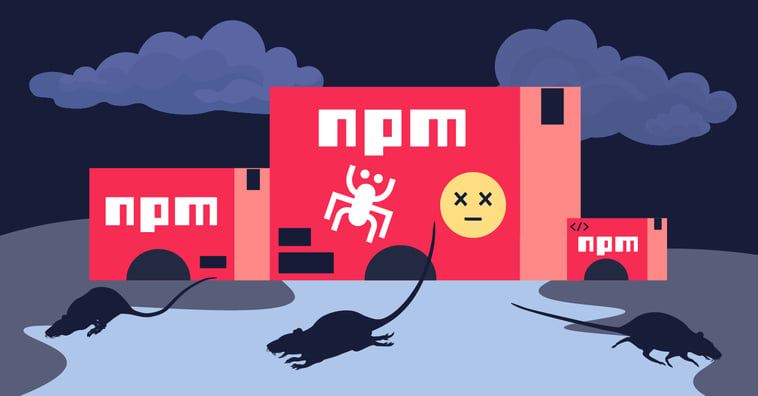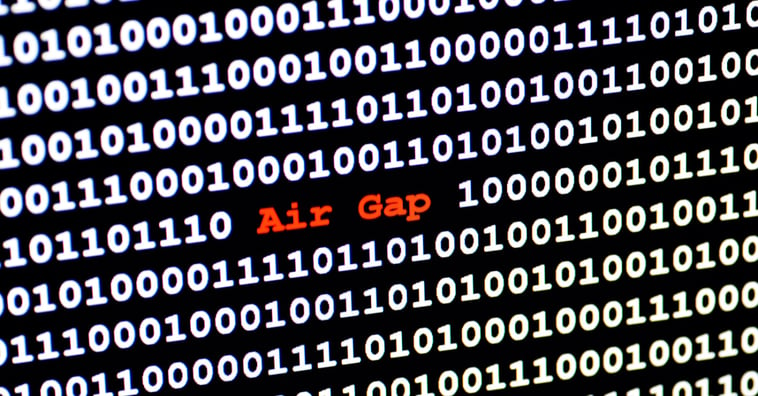Blog Report
Threat Research

Spying on SpyNet
Learn moreThreat Research

Spyware — Covert, malicious software that infiltrates devices to secretly gather sensitive data such as personal details, login credentials, and credit card information. The illicitly obtained data is then sent to remote servers under the control of threat actors. Unlike overt malware, spyware stealthily exploits software vulnerabilities or user actions such as clicking on malicious links.
Privacy invasion: Spyware is a direct assault on personal privacy. The clandestine collection of sensitive information without user consent blatantly infringes on individuals' right to digital autonomy. Whether it violates private messages, financial details, or confidential data, spyware usurps personal boundaries, leaving victims vulnerable to exploitation.
Identity theft: Stolen personal data can be the building blocks for identity theft. Once in the hands of malicious actors, personal information can fuel financial fraud, social engineering attacks, and a litany of cybercrimes. The results can shatter lives and livelihoods.
Data breaches: Organizations, both small and large, are also susceptible to spyware. Successful infiltration can lead to debilitating data breaches, exposing proprietary information and customer data.
Espionage: State-sponsored actors and cybercriminal syndicates can harness spyware's power to gather sensitive intelligence, serving as a conduit for corporate and government espionage.
Update regularly: Keep operating systems, applications, and security software up to date to prevent vulnerabilities that spyware can exploit.
Download safely: Be cautious when downloading files, software, or apps from the internet, sticking to trusted sources.
Use antivirus and anti-malware software: Employ reputable antivirus and anti-malware software to detect and remove spyware infections.
Deploy firewalls: Enable firewalls to monitor and control incoming and outgoing network traffic, reducing the chances of spyware communication.
Educate users: Educate yourself and others about the dangers of clicking on suspicious links, downloading unknown attachments, and sharing sensitive information online.
Keyloggers: Stealthily deployed keyloggers quietly capture every keystroke to capture sensitive information, from passwords to confidential messages. The result can be devastating privacy breaches.
Screen capture: Spyware can take screenshots at intervals and expose user activities, from private chats to confidential documents.
Webcam and microphone hijacking: By surreptitiously activating webcams and microphones, spyware becomes an unwelcome witness to a user's most intimate moments.
Browser tracking: Through browser tracking, every online move is meticulously logged, painting a comprehensive picture of an individual's online footprint, from browsing history to search queries.
Adware: While not inherently evil, adware can harbor spyware functionalities, covertly tracking user behavior to deliver eerily targeted advertisements.
Stalkerware: Stalkerware empowers malicious actors to invade an individual's life, monitoring and manipulating their devices without consent. In cases of domestic abuse or harassment, this invasive technology amplifies the distressing impact on victims.
Educate users: Raise awareness about the dangers of downloading unknown software and clicking on suspicious links.
Install robust antivirus solutions: Employ reliable antivirus software to detect and block spyware infections.
Perform regular scans: Schedule routine system scans to identify and remove potential spyware infections.
Update software: Keep operating systems and applications up to date to mitigate vulnerabilities that spyware exploits.
For further insights into spyware, explore the following related articles:


